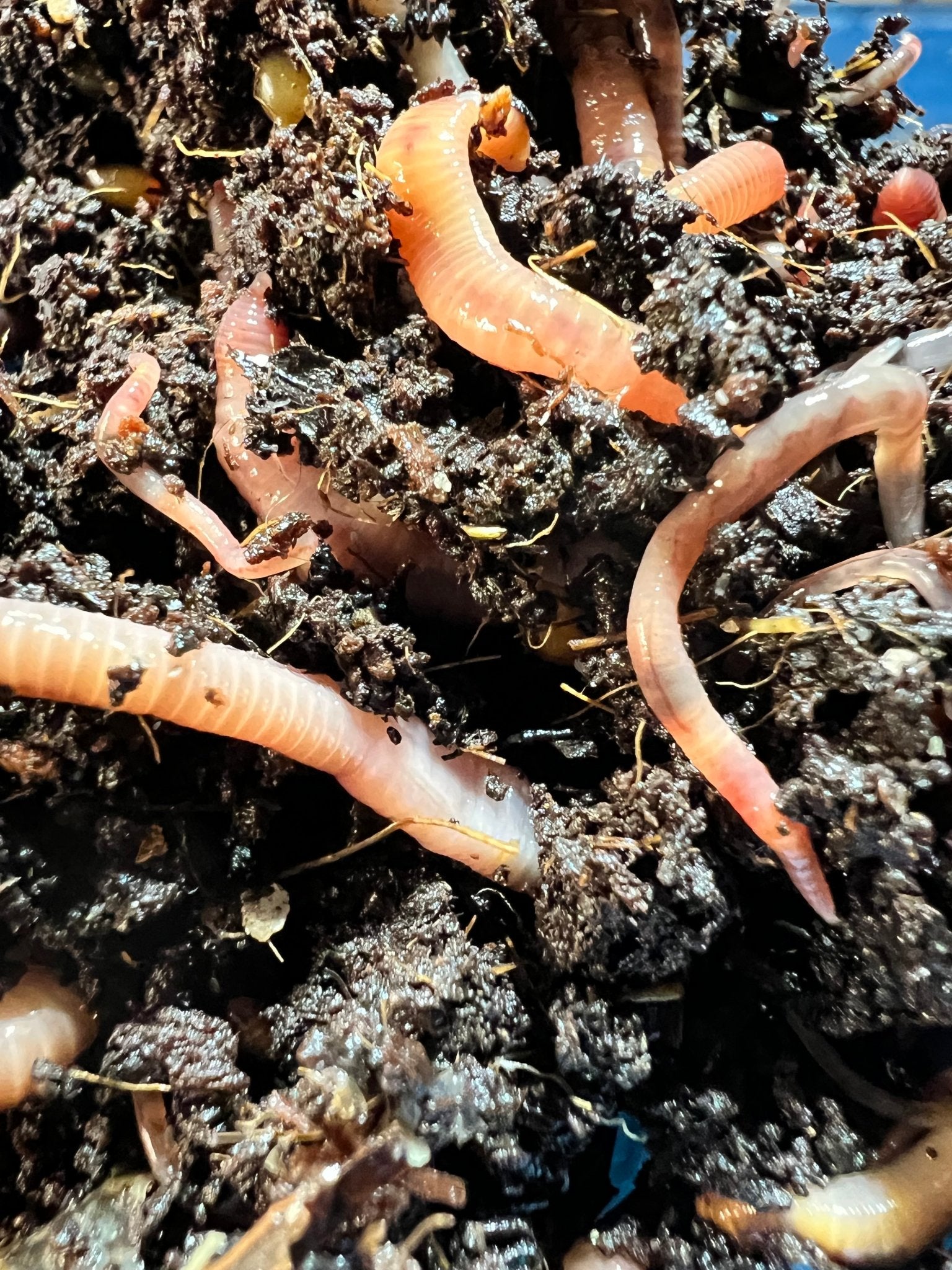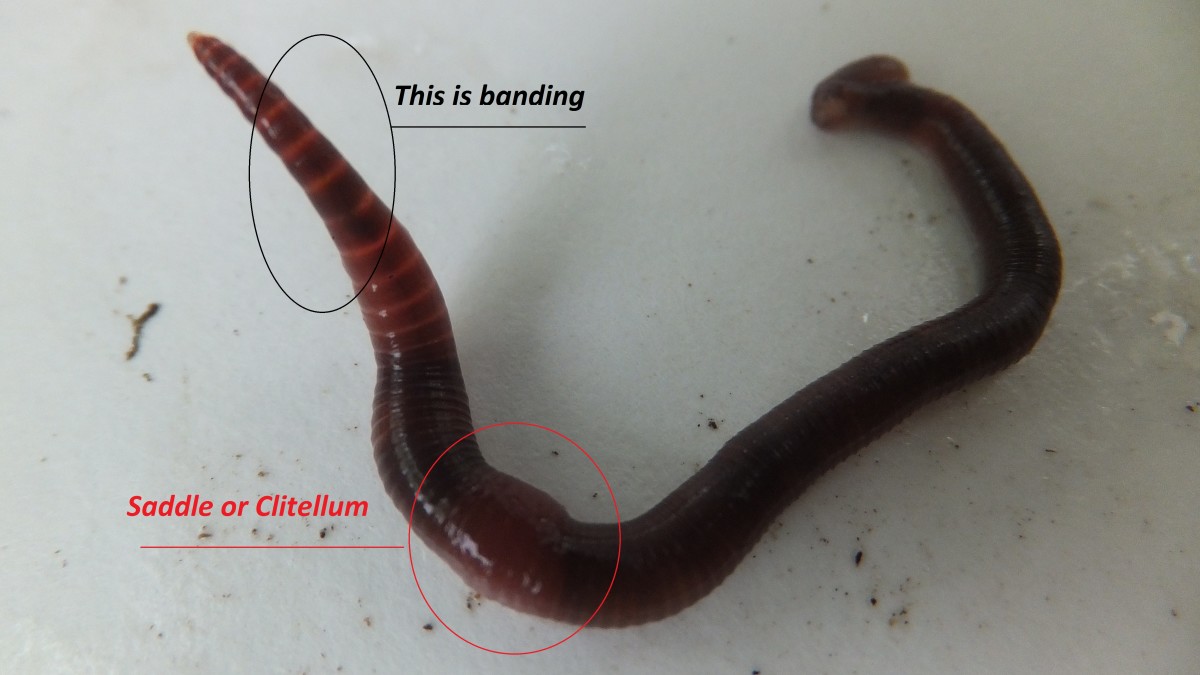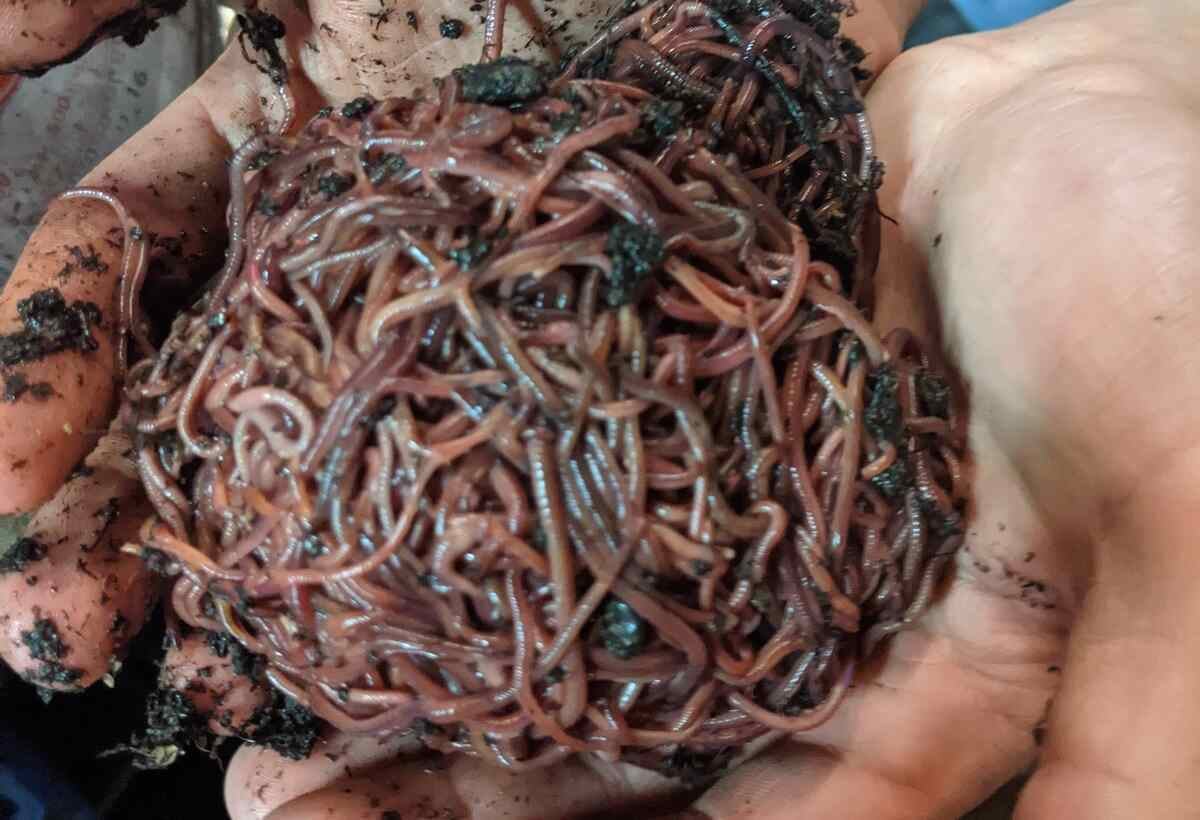Achieve a Greener Lawn with the Help of Red Wiggler Express Lawn Care Treatments
Wiki Article
Red Wigglers: The Unsung Heroes of Organic Waste Recycling
Red wigglers, or Eisenia fetida, act as vital representatives in the natural waste reusing process, transforming thrown out materials right into valuable vermicompost. Their reliable break down of natural issue not just boosts soil quality however additionally adds to sustainable waste management techniques. As the world increasingly seeks services to battle waste buildup and boost farming efficiency, understanding the function of these worms ends up being crucial. What devices permit them to flourish in compost settings, and just how can they be successfully made use of in both residential and business setups? Checking out these inquiries discloses the more comprehensive effects of vermicomposting in our environmental landscape.What Are Red Wigglers?
The impressive durability of red wigglers, scientifically referred to as Eisenia fetida, highlights their vital function in organic waste recycling. These tiny, reddish-brown earthworms are usually located in disintegrating organic issue, such as compost heap and manure lots. Lake Hickory Bait. Unlike various other earthworm types, red wigglers flourish in nutrient-rich environments and are extremely effective at breaking down natural products, making them vital for vermicomposting
(Lake Hickory Bait)Along with their role in waste decrease, red wigglers add to soil health and wellness by boosting dirt structure and aeration with their delving activities (Lake Hickory Bait). Their presence in composting systems not just improves decomposition rates however also promotes a lasting method to throw away administration, showing their relevance in ecological conservation efforts
Benefits of Composting With Worms
Composting with worms, especially red wigglers, offers countless benefits that boost both waste management and soil health and wellness. Initially, these worms successfully damage down natural waste, transforming it right into nutrient-rich vermicompost that improves dirt. This process increases decomposition, permitting a faster recycling of kitchen scraps and various other organic products contrasted to standard composting techniques.Furthermore, the vermicompost created by red wigglers is including beneficial microorganisms, which aid boost soil structure, aeration, and dampness retention. This boosts the general health of plants, promoting strenuous development and boosted yields in gardens and farming settings. The use of worms in composting minimizes the production of greenhouse gases, such as methane, adding to a more sustainable waste administration system.

How to Begin Vermicomposting
Developing a vermicomposting system is an uncomplicated process that can produce considerable advantages for both waste monitoring and dirt enrichment. To begin, select an appropriate container, such as a plastic container or wooden box, with appropriate air flow holes to make certain proper airflow. The dimensions ought to preferably be about 2 feet by 3 feet, allowing ample space for the worms to flourish.Following, prepare bed linen material, which can contain shredded newspaper, cardboard, or coconut coir. This bedding ought to be dampened to develop an ideal environment for the worms. As soon as the bed linen remains in place, introduce red wigglers (Eisenia fetida) into the container, usually around one extra pound of worms for every single square foot of area.
Following the placement of worms, include natural waste, such as fruit and veggie scraps, coffee premises, and crushed eggshells. Avoid adding dairy, meat, or oils, as these can create smells and bring in bugs. Place the bin in a shaded, temperature-controlled area to preserve optimal conditions for worm task. With these actions, you will properly start a vermicomposting system that contributes to sustainable waste management and improves your dirt.
Keeping a Healthy And Balanced Worm Bin
(Lake Hickory Bait)Keeping a worm container prospering requires normal attention and treatment to make certain the wellness of the red wigglers and the effectiveness of the composting process. Appropriate maintenance begins with keeping an eye on the dampness levels; the container ought to be wet yet not saturated. A good regulation of thumb is to maintain an uniformity comparable to a wrung-out sponge.Oygenation is important as well. Gently blending the bed linens and food scraps every couple of weeks avoids compaction and ensures that all worms have access to oxygen. Furthermore, it is essential to feed the worms suitably. A balanced diet of vegetables and fruit scraps, coffee premises, and smashed eggshells ought to be used in small amounts to avoid overfeeding, which can cause smells and bugs.
Temperature guideline is one more essential aspect. Red wigglers thrive in a series of 55 to 77 degrees Fahrenheit. If the bin ends up being also warm or cool, the worms might come to be stressed - Lake Hickory Bait. Last but not least, periodically look for indicators of wellness, such as worm populace development and the presence of healthy spreadings. By diligently managing these factors, one can preserve a robust and productive worm container.
Effect On Sustainable Living
The effective upkeep of a worm bin not only profits the health and wellness of red wigglers however likewise contributes considerably to sustainable living techniques. By reusing natural waste, such as kitchen scraps and backyard particles, red wigglers assist draw away substantial quantities of product from landfills. This decrease in waste not only decreases greenhouse gas emissions yet likewise minimizes the environmental worry connected with waste administration.Furthermore, the spreadings created by red wigglers serve as a nutrient-rich organic plant food, improving soil wellness and promoting plant development. This all-natural alternative to chemical plant foods supports lasting agriculture and horticulture methods, decreasing dependence on synthetic inputs that can damage environments. In addition, worm composting fosters awareness of waste monitoring, urging individuals and neighborhoods to take on even navigate here more sustainable practices.

Conclusion
In summary, red wigglers function as vital factors to organic waste recycling via their effective decomposition of natural materials. Their capability to produce nutrient-rich vermicompost boosts soil health and wellness and sustains lasting farming techniques. By integrating vermicomposting into waste administration techniques, people and areas can substantially reduce waste while advertising ecological sustainability. The duty of Eisenia fetida in promoting healthy communities highlights the value of these microorganisms in attaining sustainable living and improving dirt fertility.Report this wiki page